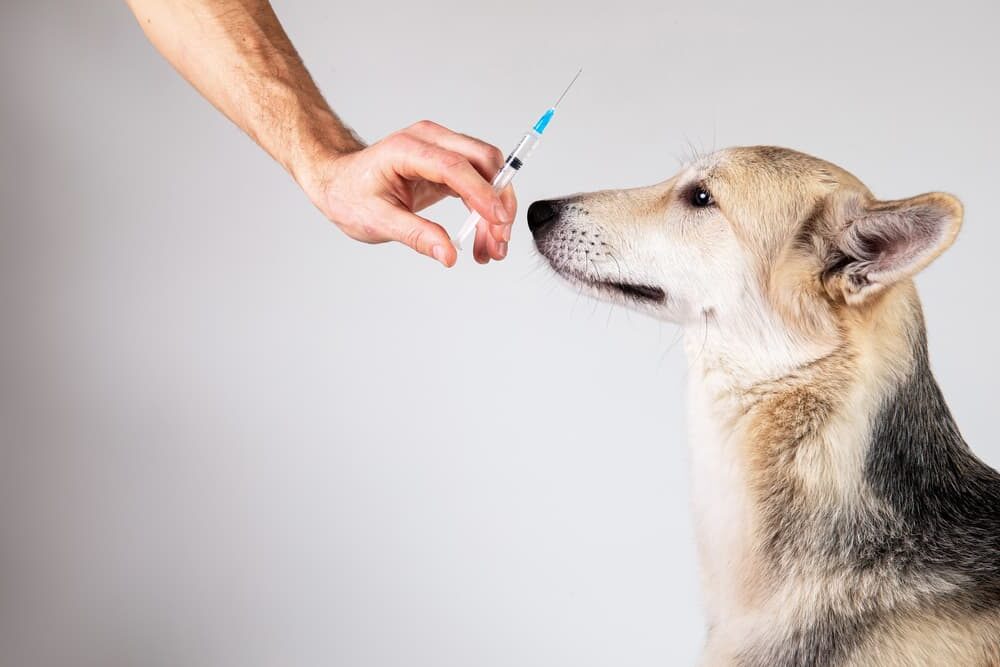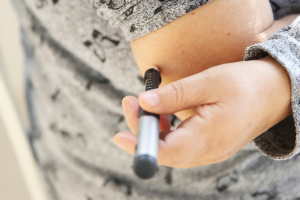Insulin for Dogs. Just like humans, dogs and cats are also susceptible to varying blood sugar levels and diabetes. However, it may surprise for new pet parents to know that the diabetes treatment for human and dogs are almost the same, and Insulin is the most common medication. Now, what type of insulin treatment do these animals receive? Most importantly, how you can administer them?
Commonly used insulin for dogs
Insulin is a hormone that the pancreas produces to help regulate the body’s blood sugar levels. This hormone is responsible for the movement of glucose from the blood into the body cells. However, when there is an insulin-deficit, the glucose level spikes, which then leads to high blood sugar levels.
The type of diabetes that commonly affects dogs in Type 1. The lack of insulin produced in the pancreas leads to high blood sugar. Nevertheless, several veterinary insulin products are available to prevent further complications. Below are the commonly used insulins in dogs:
Lente
This is an intermediate-acting insulin. It is best for treating and minimizing the effects of hyperglycemia. It can work for almost 12 hours, providing dogs immediate relief from symptoms of high blood sugar.
Glargine
This is a long-acting insulin providing variable solubility for different PH. It can last for up to 24 hours.
Glargine is commonly used in diabetic cats. However, it can also be administered in dogs,
Detemir
Detemir is also a long-acting type of insulin. It can last for 24 hours, like Glargine. In terms of dosage, vets prescribe smaller dosage to small breeds. According to research, dogs are highly sensitive to detemir because of its potency. Starting with lower doses is necessary to avoid frequent hypoglycemia.
NPH (Neutral Protamine Hagedorn)
NPH is an intermediate-acting insulin for dogs. Its duration of action can take less than 12 hours. In administering this type, veterinarians recommend the proper dosage, as postprandial hyperglycemia is common in dogs who receive such treatment.
PZI (Protamine Zinc Insulin)
Protamine Zinc Insulin (PZI) is a type of long-acting insulin administered in dogs. Its effects can last for up to 24 hours. In terms of its dosing, veterinarians recommend once-daily administration of this insulin to minimize the risk of hypoglycemia in dogs. PZI is widely used for cats but is also efficient in diabetic dogs.
How to administer insulin in dogs?
Administering insulin in dogs can be difficult. However, it can be easier by following the steps below:
- Prepare the syringe and needle. Wait to take the cap from the needle until you are ready to load the insulin.
- Before extracting the insulin, make sure you mix the hormone well by rolling the bottle in your hands. Avoid shaking the medicine unless you are using Vetsulin.
- Once ready, remove the needle cap. Hold the insulin syringe as you draw back the plunger using your other hand.
- Fill the plunger with air until you reach the marker for the correct amount of insulin to administer.
- Hold the insulin bottle upside-down. Insert the needle through the bottle’s rubber cap.
- Extract the medicine by pulling back on the plunger until you get the right amount of insulin in the syringe.
- If an air bubble is present inside the syringe, take extra insulin into the apparatus. Once done, remove the needle and hold the apparatus pointing to the ceiling.
- Flick the syringe and let the air out of the apparatus.
- Once the medication is ready, pinch your dog’s loose skin in the right bodily location.
- Insert the needle carefully into the skin.
- Push the plunger to give your dog their dose.
- After administering the injection, discard the used syringe at its proper disposal.
Note: Always use a new syringe when administering insulin to your dog





